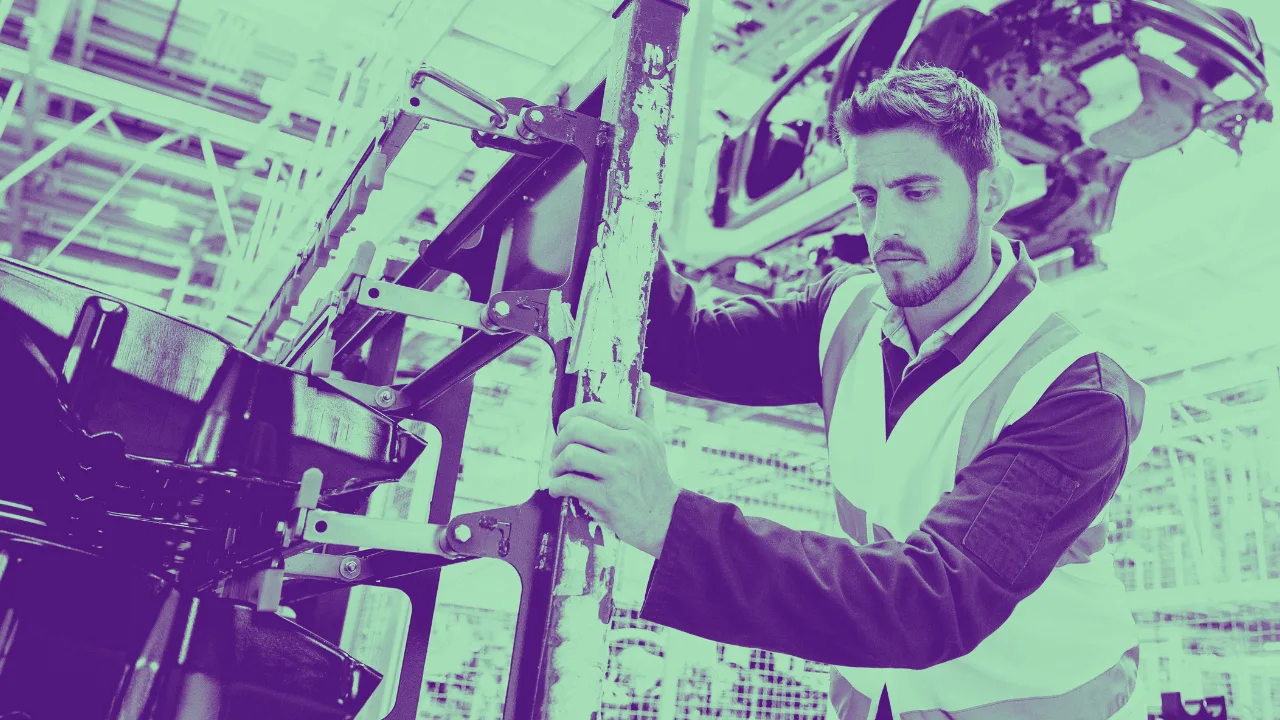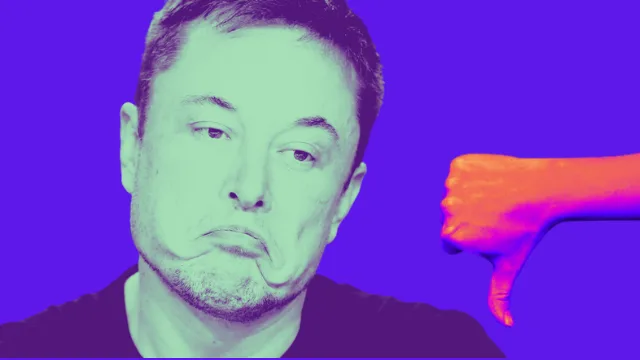New-car sales jump as American consumers ignore sticker shock. In the first half of this year, new car sales in the US increased by as much as 14% as the auto sector advanced into a post-pandemic comeback. GM, Kia, Nissan, and Honda have all recently reported strong new-vehicle sales in the second quarter, while EV-only peers Tesla and Rivian delivered more vehicles than expected.
Research firm Cox increased their estimate of how many new vehicles will be sold this year to 15M, from just over 14M.
As individuals bought increasingly expensive rides, including EVs, average new-car costs surpassed $46K last month. That’s up 3% since the start of the year.
Even though some analysts continued to predict a recession, American consumer confidence surged to a 17-month high in June. Consumers continued positive feelings about the economy may encourage them to purchase expensive items like vehicles, yet reality may have them hitting a brick wall very soon.
After being constrained for three years, automakers’ inventories are now expanding as pandemic-related supply-chain kinks are largely ironed out.
According to some analysts, production may have increased too much, leaving dealers with a surplus at the end of the year. Leading to possible discounts on retail pricing.
Despite recent positive numbers, many experts believe there will be a decrease in car sales the second half of the year. Plus, as used-car prices have plummeted from their highs, customers may opt for pre-owned over new.
Additionally, the most recent Consumer Confidence Index indicates that if interest rates climb later this year, consumer plans to purchase expensive products may begin to slow down.
Here are some reasons for a slowdown in car sales for the second half of 2023:
- Economic downturn. When the economy is doing poorly, people tend to spend less money on discretionary items, such as cars. This is because they are more concerned with saving money and paying bills.
- Rising interest rates. When interest rates rise, it becomes more expensive to borrow money, which can make buying a car less affordable. This is especially true for people who are looking to finance a car.
- Shortage of supply. If there is a shortage of cars available, it can lead to decreased sales. This is because people may not be able to find the car they want, or they may have to pay a higher price for it.
- Change in consumer preferences. If people’s preferences change, it can lead to decreased car sales. For example, if people start to prefer public transportation or ride-hailing services, they may be less likely to buy cars.
- Technological advances. If there are major technological advances in the automotive industry, it can lead to decreased car sales. For example, if self-driving cars become widely available, people may be less likely to buy traditional cars.





